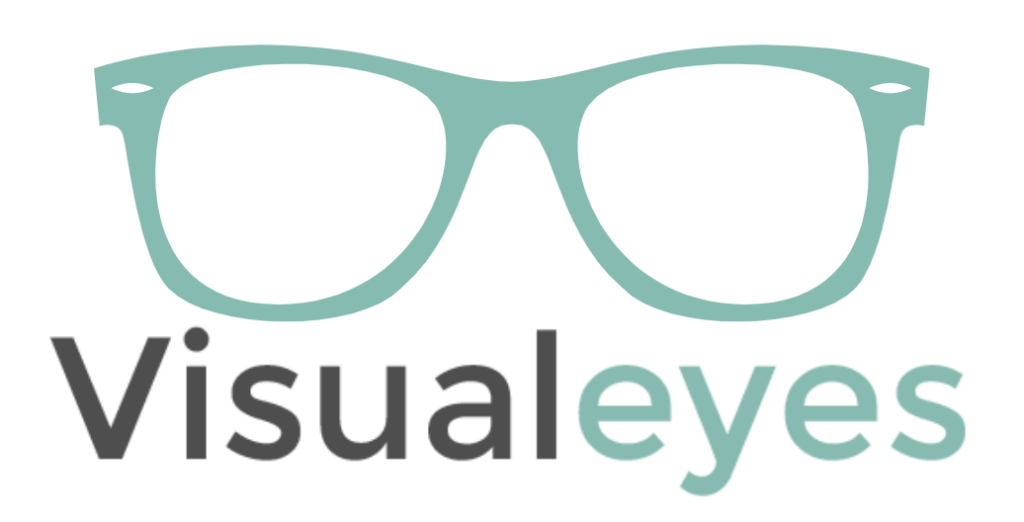Types of Contact Lenses
Millions of people rely on contact lenses to improve their vision. Over the years, significant advancements have been made in lens materials and designs. If you previously tried contact lenses but discontinued use due to discomfort or inadequate performance, it may be worth revisiting this option. Our experienced staff can help you select the optimal contact lens solution for your unique needs, taking into account factors such as your prescription, tear production, and lifestyle. Contact us today to learn more about our comprehensive range of contact lens options.
Soft Contact Lenses
Soft contact lenses are the most prevalent type, accounting for over 85% of all contact lenses dispensed. These lenses are composed of soft plastic polymers and water, which allows oxygen to permeate through the lens material to the cornea. Most people find soft contacts comfortable, and they are easily assimilated. Available in a range of prescriptions and designs to suit individual budgets and needs, soft lenses may not offer the same visual acuity as gas permeable lenses or glasses for certain prescriptions. Our staff can help you determine the best lens design for your specific requirements.
Disposable Contact Lenses
Disposable contact lenses are soft lenses that are discarded on a daily, weekly, bi-weekly, or monthly basis. This regular replacement prevents the buildup of protein deposits, which can otherwise affect vision, comfort, and eye health. Compared to traditional soft lenses, disposable contacts offer greater convenience and lower maintenance requirements. To avoid the risk of eye infection, it is important to replace disposable contacts as recommended by eye care professionals. These lenses are available in a wide range of prescriptions to suit most individuals.
Extended Wear Contact Lenses
Extended wear contact lenses are gas-permeable or soft lenses designed for up to 30 days of continuous wear. While these lenses offer the convenience of not having to remove them at night, they pose a higher risk of complications, including infection, corneal ulcers, and abnormal blood vessel growth in the cornea. As a result, extended wear lenses require more frequent follow-up appointments, and some doctors may be hesitant to recommend them due to these potential risks.
Tinted or Cosmetic Contact Lenses
Tinted contact lenses are soft, colored contact lenses that enable some patients to change the appearance of their iris (the colored part of the eye). These lenses come in a variety of interesting colors and patterns, allowing for a subtle or dramatic change in eye appearance. However, they may not be available for all prescriptions and are generally not recommended for daily, long-term wear.
Hard Contact Lenses
Prior to the advent of soft contact lenses, hard polymethyl methacrylate contact lenses were widely used. However, these rigid lenses did not facilitate adequate oxygen transfer to the cornea, frequently resulting in corneal swelling. Consequently, hard contact lenses have become obsolete.
Rigid Gas Permeable Lenses
Rigid Gas Permeable (RGP) lenses, also known as Gas Permeable (GP) lenses, are often mistaken for outdated contact lens designs. In reality, modern RGP lenses are more flexible, comfortable, and oxygen-permeable than the hard contact lenses of the past. Unlike traditional soft contacts, RGP lenses maintain their shape during blinking and eye movement, providing sharper vision. They are also more durable and less prone to protein/lipid buildup. RGP lenses come in a variety of bifocal and multifocal options to suit different vision needs.
The primary drawback of RGP lenses is the adaptation period. Patients typically require 3-4 days to become accustomed to the lenses, as they are not as immediately comfortable as soft contacts. However, with regular (though not necessarily daily) wear, RGP lenses can achieve optimal comfort levels. One additional consideration is that RGP lenses are smaller and more prone to dislodging from the eye compared to soft lenses.
Toric Contact Lenses
Toric contact lenses are designed to correct astigmatism. They come in both soft and gas-permeable varieties. These lenses have two different powers - one in the vertical axis and one in the horizontal axis. A weight at the bottom of the lens helps ensure proper centering on the eye.
Toric lenses are more challenging to fit than standard contact lenses. Patients often require additional time to achieve optimal comfort. Proper fitting may also necessitate extra assistance from the eye care professional.
Bifocal Contact Lenses
Bifocal contact lenses, similar to bifocal eyeglasses, feature multiple lens powers. This allows wearers to maintain clear vision at both near and distant ranges. These lenses come in both soft and gas-permeable designs. An alternative to bifocal contacts is monovision correction, where one eye is fitted for distance vision and the other for near or reading. Both bifocal and monovision contacts require more involved fitting by the doctor, as patients must adapt to using one eye for each viewing distance.
The contact lens market has expanded significantly, providing more options than ever before. While some individuals transition to contacts seamlessly, others may need to try multiple lens types to find the ideal fit.
Please call our office today to schedule a consultation and explore the latest contact lens solutions.
